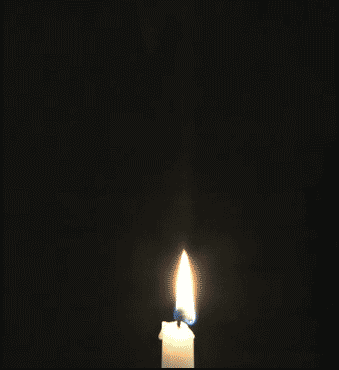As a rule, opinion polls are not as important to bishops as they are to politicians.
Nevertheless, CNN anchor Kyra Phillips recently asked Bishop Joseph Malone of Maine if he realized just how out of step he is with current doctrinal trends in his own flock.
"So, bishop, times are changing," she said. "Views are changing. ... So, why not get on board with the 43 percent of Catholics?"
The puzzled bishop replied: "The 43 percent who?"
"Who have no problem with gay marriage," said Phillips.
"Well, their thinking is outside the realm of Catholic teaching for 2,000 years," the bishop responded.
The bishop, of course, was talking about how traditional Catholics wrestle with moral issues, while the CNN anchor was describing views now common with a completely different kind of Catholic.
But in the polls, these days, a Catholic is a Catholic.
"I don't know of anyone who thinks religious identity should be based on polling," said theologian Tom Beaudoin, who teaches at the Jesuit-run Fordham University in New York City.
Nevertheless, he said, it's time for to note what researchers are learning about the lives and beliefs of what he called "secular Catholics." For starters, bishops need to admit that they exist and that some of them want to stay in the church -- while practicing their own personalized approaches to faith.
"Secular Catholics are people who were baptized as Catholics, but they find it impossible to make Catholicism the center of lives, by which I mean Catholicism as defined by the official teachings of the church," said Beaudoin. For these believers, there are "things that they learned about faith from Catholicism. Then there are things they learned from their jobs, from school experiences, from their music and from their favorite movies.
"They are hybrid believers and their faith comes from all over the place."
This is precisely the audience of "liberal" and "nominal" Catholics who were targeted recently with a blunt New York Times advertisement that urged them to quit the Catholic church altogether.
"If you imagine you can change the church from within -- get it to lighten up on birth control, gay rights, marriage equality, embryonic stem-cell research -- you're deluding yourself," argued leaders of the Freedom From Religion Foundation. "By remaining a 'good Catholic,' you are doing 'bad' to women's rights. ... Apparently, you're like the battered women who, after being beaten down every Sunday, feels she has no place else to go."
This advertisement probably says more about critics of Catholicism than it does about Catholic life, noted Beaudoin. Still, it could inspire constructive conversations about how "deconversions" are affecting church life. After all, a 2009 survey from the Pew Forum on Religion and Public Life found that one-in-10 American adults have left the Catholic faith. Four Americans exit Catholicism for every one that converts into the faith.
These numbers matter, said Beaudoin, but it's more important to see the larger picture, which is the growing number of Catholics who are living their spiritual lives in a kind of tense Catholic limbo. Some never go to Mass, while others do so occasionally. The vast majority of them have no idea what they would confess, if they ever went to confession, because they disagree with church authorities on what constitutes sin in the modern world.
In the end, it's impossible to ignore this mass of "secular Catholics" because it's such a large chunk of today's church, he said. In some parts of America, various kinds of "secular Catholics" now constitute a clear majority, while those who affirm traditional dogmas and doctrines are a minority.
Some of these "secular Catholics" eventually leave the church. Others choose to remain on membership rolls, on their own terms, because they find it hard to walk away, said Beaudoin. After all, there are parts of Catholicism that they affirm and they know they can ignore the parts that they reject. They have changed the church for themselves.
From his perspective, Beaudoin said it's important to believe that this trend is "not the result of lethargy, laziness, relativism, heresy or apostasy. ... There will be Catholics who insist on saying that these secular Catholics are falling away from traditional Catholic norms. But I think it would be more helpful to talk about them not as having fallen away from the Catholic faith, but as having created new, evolving spiritual lives for themselves."






